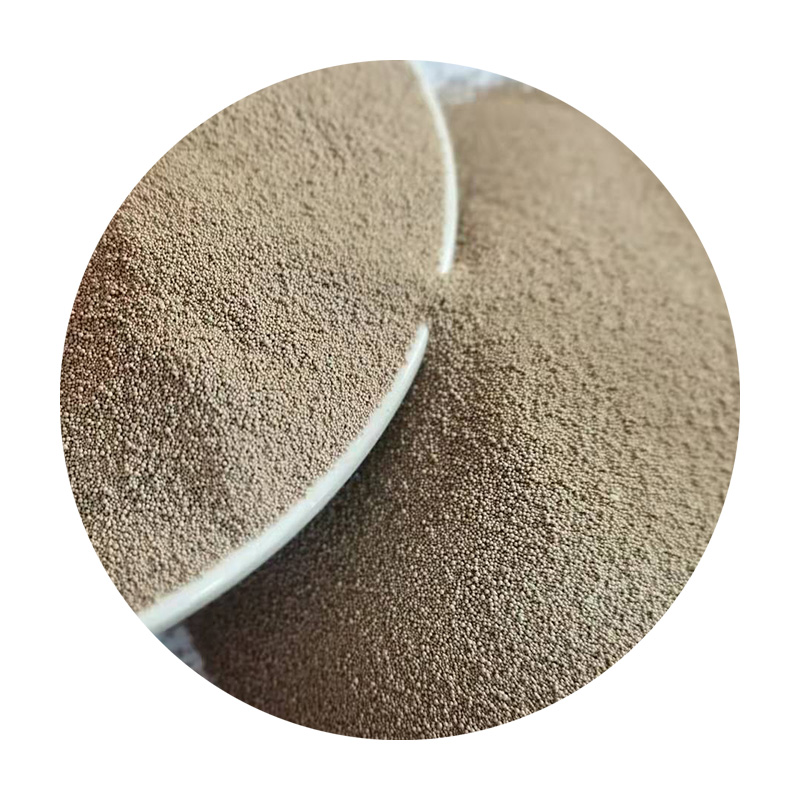Understanding How Sand Casting Works
Sand casting is one of the oldest and most versatile manufacturing processes used to create metal parts and products. This method involves creating a mold from sand and then pouring molten metal into that mold to form a desired shape. The simplicity of sand casting makes it appealing for both small-scale production and large industrial applications. In this article, we will explore the step-by-step process of sand casting, its advantages, and its applications.
The Sand Casting Process
The sand casting process begins with the preparation of the mold. Typically, the mold is created using a mixture of sand, clay, and water, which gives it the necessary binding properties. The first step is to create a pattern, usually made from metal, plastic, or wood, which will serve as a template for the mold. Patterns can be designed in different ways depending on the complexity of the part to be cast.
Once the pattern is ready, the next step involves creating the mold itself. The pattern is placed into a sand mixture, known as mold sand, which is then compacted around it to form a mold. After the sand has been packed around the pattern, the two halves of the mold are separated, and the pattern is removed, leaving a cavity shaped like the desired part.
After the cavity is formed, it is essential to create a gate and runner system that will allow the molten metal to flow into the mold. The gate provides an entry point for the metal, while the runner channels the metal into the desired shape. Venting should also be considered, which allows gases to escape during the pouring process.
Next, the mold is heated, sometimes, depending on the metal used, to prevent thermal shock when the molten metal is poured. Once the mold is prepared, the molten metal is heated to the appropriate temperature and carefully poured into the mold cavity through the gate. This step requires skill and precision to avoid defects in the final casting.
After the molten metal has been poured, it needs time to cool and solidify within the mold. Cooling rates can vary based on the metal and the thickness of the casting. Once the metal has fully solidified, the mold can be removed, revealing the cast part.
The final steps of the sand casting process involve cleaning and finishing the casting. This includes removing any excess sand, cutting off the gates and runners, and scaling or polishing the workpiece to meet the required specifications. The casting may also undergo additional processes like heat treatment for improved mechanical properties.
how sand casting works

Advantages of Sand Casting
One of the most significant advantages of sand casting is its cost-effectiveness. The materials needed, primarily sand and metal, are relatively inexpensive, and the process does not require sophisticated equipment. This makes sand casting ideal for small production runs and custom parts.
Another benefit is its versatility. Sand casting can accommodate a wide range of metal types, including aluminum, bronze, and iron, making it suitable for various applications. Additionally, it allows for complex shapes and details that may not be achievable through other casting methods.
Sand casting also offers excellent dimensional accuracy and surface finish compared to other casting processes. However, it is essential to ensure proper mold design and pouring techniques to minimize defects.
Applications of Sand Casting
Due to its versatility and affordability, sand casting is widely utilized across multiple industries. It is prevalent in the automotive sector for creating engine blocks, cylinder heads, and various components. The aerospace industry also employs sand casting for lightweight parts that require high strength.
Other applications include the manufacturing of pumps, valves, and large machinery parts. Additionally, artistic and custom designs, such as sculptures and decorative items, benefit from the adaptability of sand casting.
Conclusion
Sand casting remains a vital technique in the manufacturing sector due to its simplicity, cost-effectiveness, and versatility. Understanding how sand casting works is essential for anyone involved in metal fabrication, as it lays the groundwork for producing high-quality metal parts efficiently. Whether for industrial applications or artistic endeavors, sand casting continues to be a preferred method in the world of casting.
Post time:Desemba . 21, 2024 06:26
Next:cast of the sand
